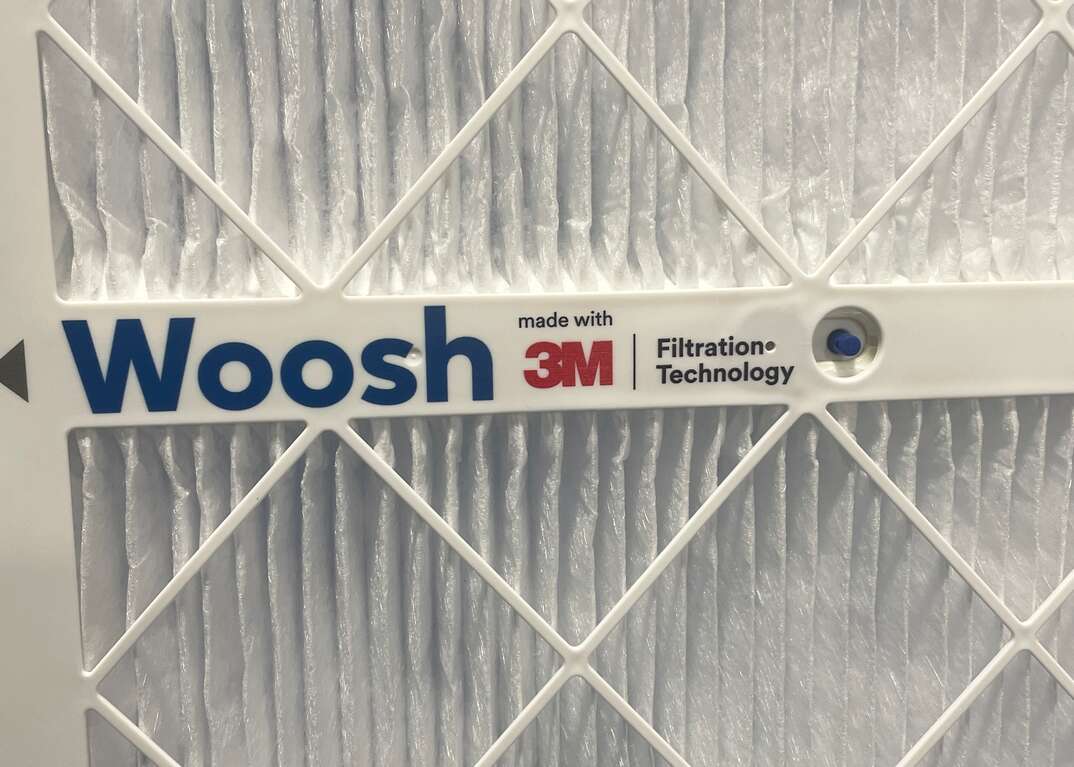Do Air Vent Deflectors Work?

Have you ever felt like your home has its own microclimates, where some rooms are too hot, some too cold and some just right? If so, your HVAC system may have trouble distributing air in your home.
This May Also Interest You: HVAC System Stop Working? Try These Troubleshooting Tips Before You Call for Service
Luckily, there’s a simple and affordable solution: air vent deflectors.
What Are Air Vent Deflectors?
Air vent deflectors, also known as vent diverters, vent covers or vent shields, are devices that fit over your air vents and change the direction of the air that comes out of them. They’re usually made of plastic, metal or wood and come in various shapes, sizes and colors. Some are adjustable, meaning you can change the deflector’s angle or position to suit your needs. Some are magnetic, so they stick to your metal air vents without tools or screws. They can also be decorative, blending in with your wall or floor, or simply adding another style to your room.
How Do They Work?
Deflectors point the air coming from your air vents in a different direction, depending on how you set them up. For example, if you have a floor vent that blows cold air at your feet, you can position the deflector to redirect the air upwards or sideways, removing the discomfort and improving the circulation and distribution of the air in the room. Similarly, if you have a ceiling vent that blows hot air directly at your head, the deflector can redirect the air toward the floor or a wall. Although not as common, some deflectors include filters to trap airborne pollutants, such as dust and pollen.
How Do You Install Them?
Installing air vent deflectors is usually simple and quick, depending on the type and model. Here are some general steps to follow:
1. Measure the size and shape of the air vent and choose an air vent deflector that fits and satisfies your design preference.
2. Clean the air vent and the surrounding area so there are no obstructions that might make it harder for you to install the deflector.
3. Attach it to the air vent following the manufacturer’s instructions. You may need to use some tools or screws if it’s not a magnetic vent.
4. Adjust the angle or position of the air vent deflector to redirect the air. Use your hand or a thermometer to test the airflow.
More Related Articles:
- The Do’s and Don’ts of HVAC Maintenance
- Does My HVAC Filter Protect Against COVID-19?
- How Often Should You Change Your Furnace Filter?
- How Much Does HVAC Repair and Maintenance Cost?
- Is an HVAC Tune-Up Worth the Price? (Yes, Yes It Is)
Are Air Vent Deflectors Effective?
Vent diverters can be effective, but they have some limitations and drawbacks. Let’s look at some pros and cons.
Pros:
- Deflectors can help you avoid the discomfort of cold or hot air blowing directly at you and create a more pleasant and even temperature in the room.
- They can improve the circulation and distribution of the air in your home and prevent hot or cold spots, drafts or stagnant air.
- The devices may decrease energy use by reducing the need to adjust your thermostat or use additional fans or heaters.
- Some diverters improve your home’s indoor air quality by filtering the air that comes out of your air vents and removing dust, pollen and other allergens.
Cons:
- Having too many air vent deflectors or closing them too often may cause your system to work harder or malfunction.
- They can create noise and vibration, especially if they’re not installed properly or securely. This noise may sound louder at night when you’re trying to sleep.
- Air vent deflectors can interfere with the design and aesthetics of your home, particularly if they’re not compatible or attractive.


